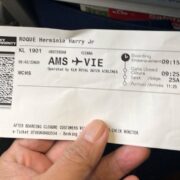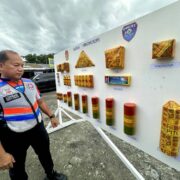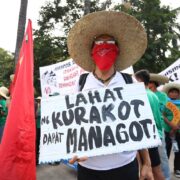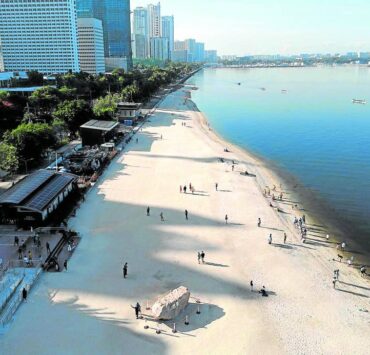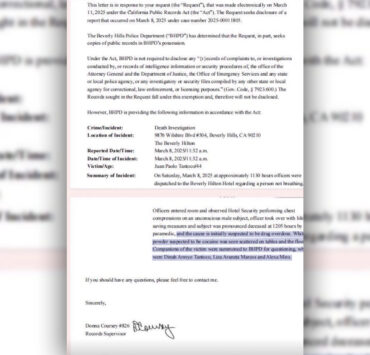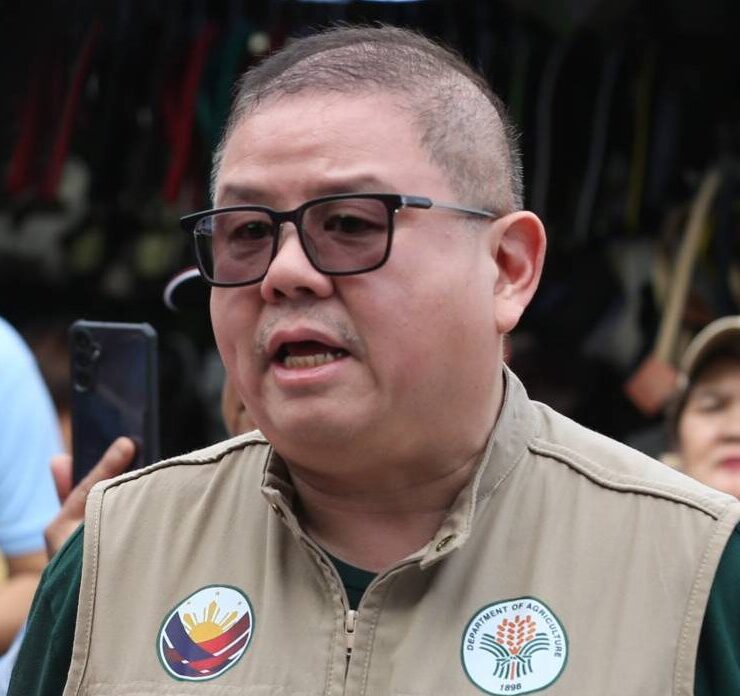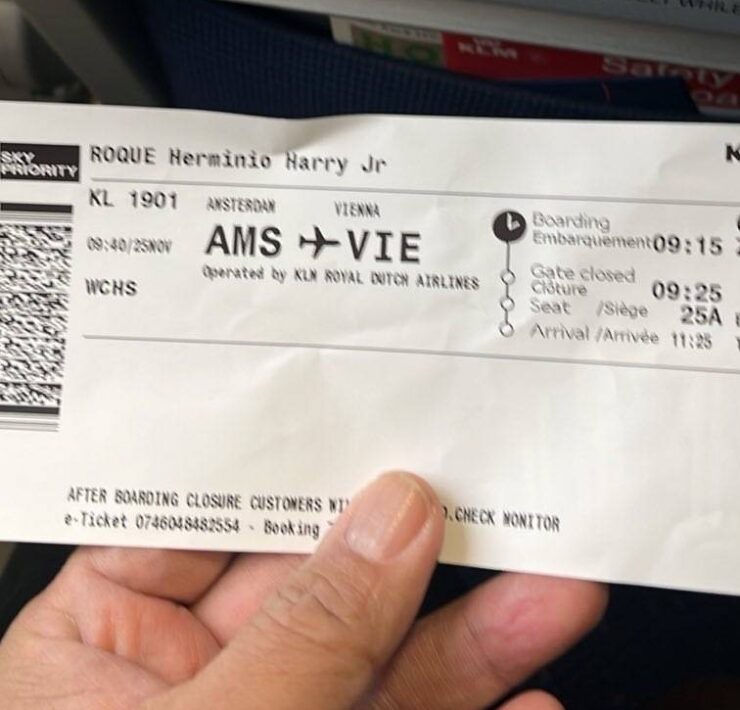Luzon farmers hit hard by palay price drop
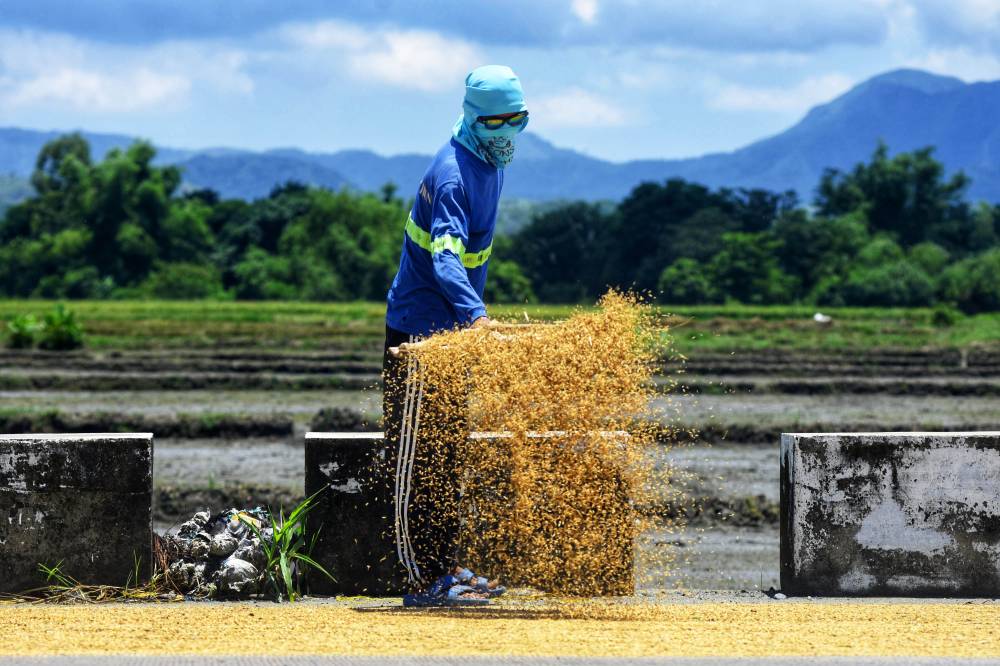
CALASIAO, PANGASINAN—With farm-gate prices of palay (unhusked rice) hitting historic lows, farmers like 67-year-old Daisy Ancheta from Isabela province may be forced to skip planting altogether next season.
“The price of freshly harvested palay is just P11 per kilo. We’re afraid it could go even lower by September when the bulk of the harvest begins,” Ancheta said in a telephone interview on Wednesday.
She owns a 5-hectare irrigated rice farm that typically yields 100 to 105 sacks per hectare—roughly 5,000 to 5,250 kilos.
But at current prices, the expected gross income would be P50,000 to P55,000 per ha, falling short of the P60,000 production cost, according to Rosendo So, president of Samahang Industriya ng Agrikultura (Sinag).
“It’s not just me. Many farmers in our area are thinking of not planting anymore,” Ancheta added.
A similar sentiment is echoed by Novelyn Waing of Lupao, Nueva Ecija, who, along with her husband, Amben, farms their family’s 1-ha nonirrigated rice field in Barangay Salvacion.
“Prices are too low. Most of what we earn just goes toward repaying the loans we used to finance planting,” Waing said.
In their area, traders buy palay for only P10 to P11.50 per kilo, depending on the variety.
Since the Waings planted the inbred variety RC Triple 2, they were offered just P10 per kilo.
“It’s hard, so it’s cheap,” Waing said.
Unlike Ancheta’s irrigated land, which produces around 100 sacks per ha, the Waings harvest only 60 to 70 sacks due to their reliance on rainfall.
Ancheta estimates spending a little over P40,000 per hectare, while the Waings spend roughly P30,000—excluding incidental expenses like weeding (which becomes harder in dry soil), harvesting, and hauling.
Both families also have to factor in payments for harvesting services. In Isabela, Ancheta pays either P7,000 or nine sacks per 100 harvested. In Lupao, Waing said they give 8.5 sacks per 70 harvested to the machine operator.
To cut costs, they also use less fertilizer than recommended. The ideal amount is 10 bags per hectare, but Ancheta uses seven to eight, while Waing manages with only seven.
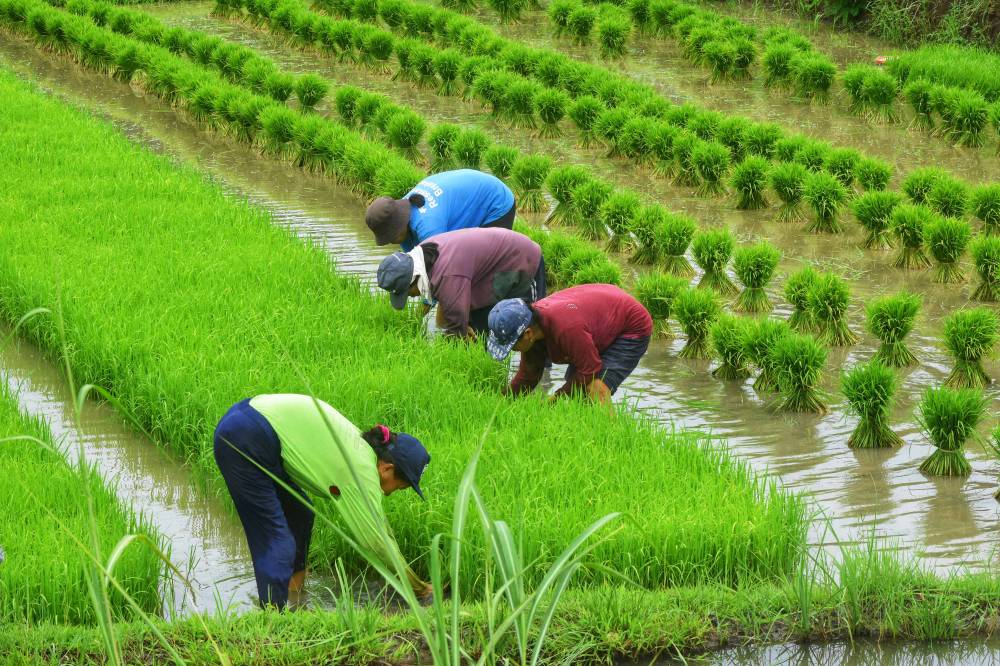
Sharecropping
“We can barely afford fertilizer,” Waing said, noting that a bag of urea or Triple 14 (a common blend of nitrogen, phosphorus, and potassium) costs around P1,500.
Both Isabela and Nueva Ecija still practice the traditional “porsiyentuhan” (percentage sharing) system, where landowners cover all input and labor costs while hired caretakers tend to the crops. The harvest is then split: 88 percent for the landowner, 12 percent for the caretaker.
In Ancheta’s case, after giving away nine sacks to the harvester and 12 to the caretaker per 100 harvested, she’s left with 80 sacks, or 4,000 kilos.
Sold at P11 per kilo, she earns P44,000—leaving her with just P4,000 net profit for four months of work.
The Waings, after giving 8.5 sacks out of 70 to the harvester, keep 61.5 sacks (3,075 kilos). At P10 per kilo, that’s P30,750 in gross income.
“We borrowed P20,000 for fertilizer and pesticides. We spent around P30,000 overall. After deducting labor, there’s nothing left for us,” Waing said.
Her husband also manages another 4.5 ha for a landowner under the porsiyentuhan system. His share is 30 cavans (roughly 1,500 kilos) per harvest—or just P15,000 for four months of labor.
“My husband might go back to his old job as a delivery truck driver. Maybe we’ll still plant, but only enough for our family’s consumption,” Waing added.
Still, Ancheta felt worried for farmers who have no alternative livelihood.
“What about them? What will happen to them?” she said.
Although the National Food Authority (NFA) offers slightly better prices—P17 to P24 for wet palay and P24 to P30 for clean and dry—the two women said selling to the agency was impractical.
“You have to rent a vehicle, rebag the palay using their sacks, and even after all that, your palay might get rejected for ‘poor quality.’ It’s just a waste of time, money, and effort,” Ancheta said.
Waing agreed, saying, “There’s no real NFA presence here. We’ve never felt like they helped lift us out of poverty.”
Limited relief
Sinag’s So pointed out that the NFA only has a P5-billion budget—enough to buy just around 208,000 metric tons of palay, which is only 2 percent of the country’s total output.
He attributed the price drop to global market pressures. From a peak of $620 (P35,446.33) per metric ton in June 2024, world rice prices have plunged to $354 (P20,238.71) as of January—equivalent to price levels six years ago.
The landed cost of imported rice is now just P23.60 per kilo, and this, So said, drives the low palay buying price of local traders.
Sinag has called on the national government to restore the 35-percent rice tariff to help protect local farmers.
Meanwhile, farmers in Pangasinan are reportedly benefiting from a local palay procurement program. Both Ancheta and Waing were hoping that similar initiatives would be rolled out in their provinces.
“We wish palay could be bought at P18 per kilo—so we could actually earn something,” Waing said.







